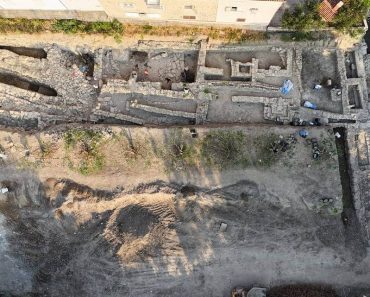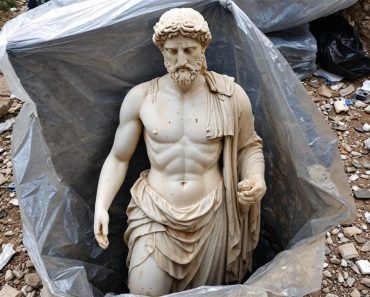By Ace Vincent
| Published
History has a funny way of proving skeptics wrong. Those old stories that teachers dismissed, those legends everyone thought were just tall tales – sometimes they turn out to be true after all. From sunken cities to legendary weapons, modern archaeology keeps discovering that our ancestors weren’t just spinning yarns around the campfire.
Let’s dive into some fascinating historical “myths” that made the journey from folklore to fact, reminding us that sometimes truth really is stranger than fiction.
Troy
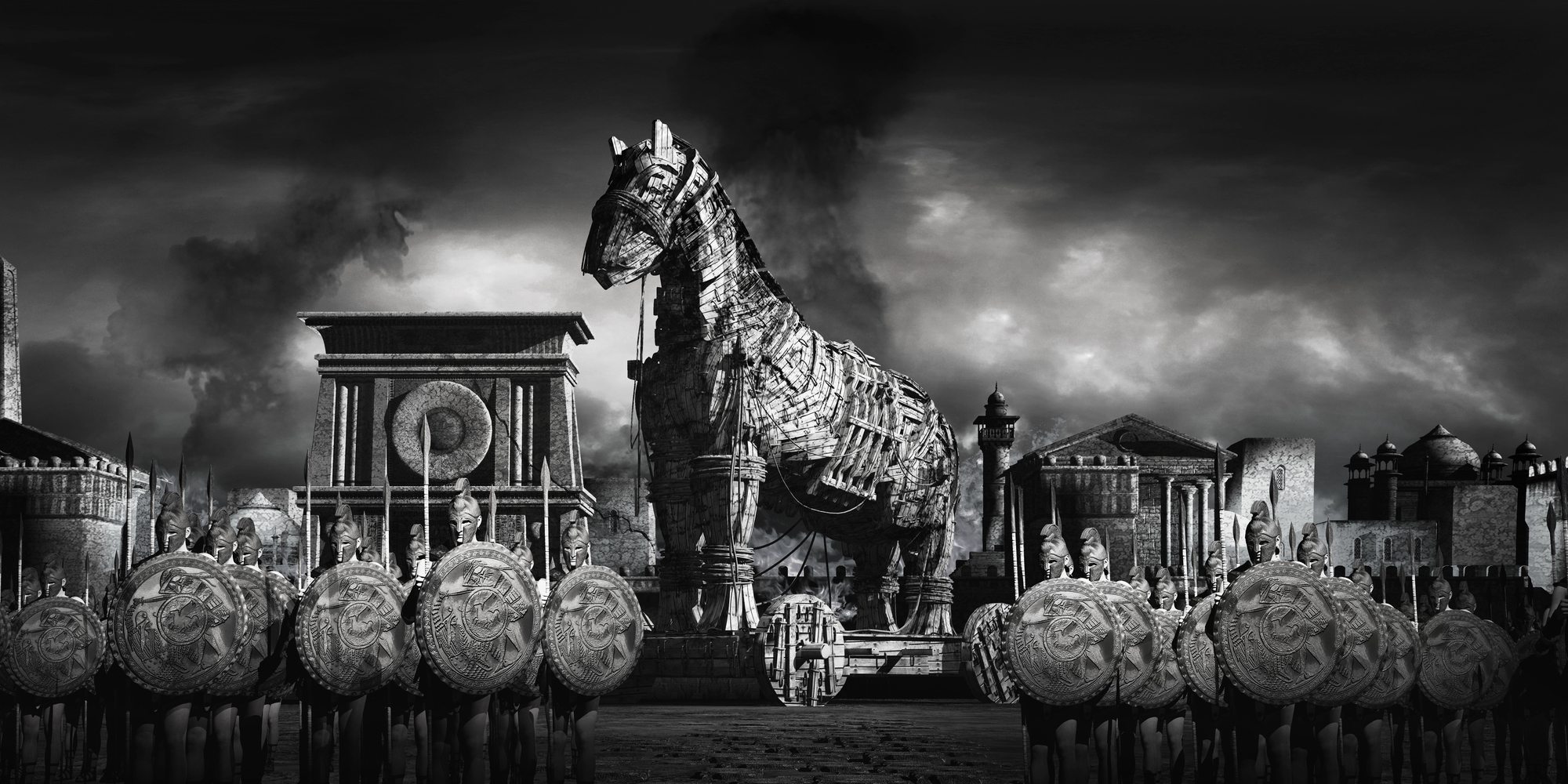
For centuries, Homer’s tale of the Trojan War was considered just that of a tale. Scholars filed it alongside other Greek myths about gods and monsters until amateur archaeologist Heinrich Schliemann followed the clues in the Iliad to an actual ancient city. The discovery proved that the legendary war wasn’t just poetic license.
While we can’t confirm if a wooden horse was involved, finding Troy proved that ancient storytellers often wove their narratives around real events. Modern archaeologists continue finding evidence that matches details from Homer’s epic, proving that sometimes the best historical documents come bound in poetry.
Viking Sunstone
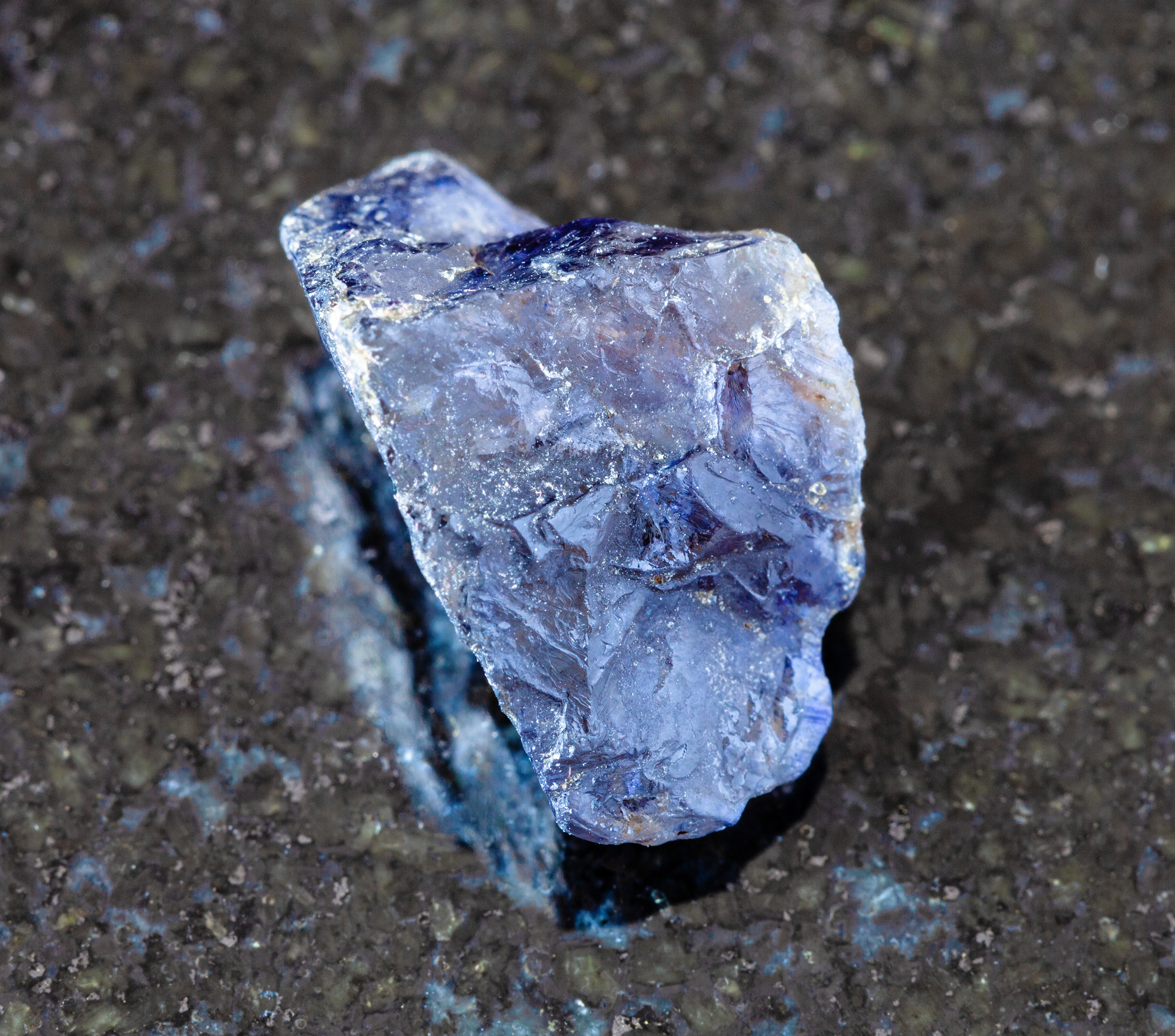
Medieval tales spoke of magical crystals that helped Vikings navigate on cloudy days. Historians rolled their eyes at such obvious fantasy – until they found one on a 16th-century shipwreck. The crystal, called Iceland spar, really can detect the sun’s position through heavy cloud cover by polarizing light.
These natural polarizing filters gave Viking sailors a huge advantage in navigation, proving they were master scientists as well as warriors. The sunstone went from being considered a magical fantasy to a testament of Viking ingenuity, though it probably doesn’t grant any magical powers.
Like Go2Tutors’s content? Follow us on MSN.
Amazon Warriors

The fierce female warriors of ancient Greek tales were long dismissed as pure mythology, a way for ancient Greeks to explore gender roles through storytelling. Then archaeologists started finding graves of battle-scarred women buried with weapons across the steppes of Asia. DNA analysis confirmed these weren’t just ceremonial burials – these women lived and died as warriors.
Modern research suggests that the Greek myths of Amazons were based on real encounters with nomadic warrior cultures where women fought alongside men. Turns out that ancient tales of warrior women weren’t just early attempts at fantasy fiction.
Giant Squid

Sailors’ tales of massive sea monsters dragging ships under were written off as tall tales fuelled by too much rum and too little sleep. The discovery of giant and colossal squids proved that those old sea dogs weren’t just spinning yarns. While these deep-sea creatures might not be quite as massive as some old tales claimed, finding squids up to 43 feet long showed that sometimes the ocean really does hide monsters.
Modern science suggests these elusive creatures might grow even larger than the specimens we’ve found.
Underground Cities
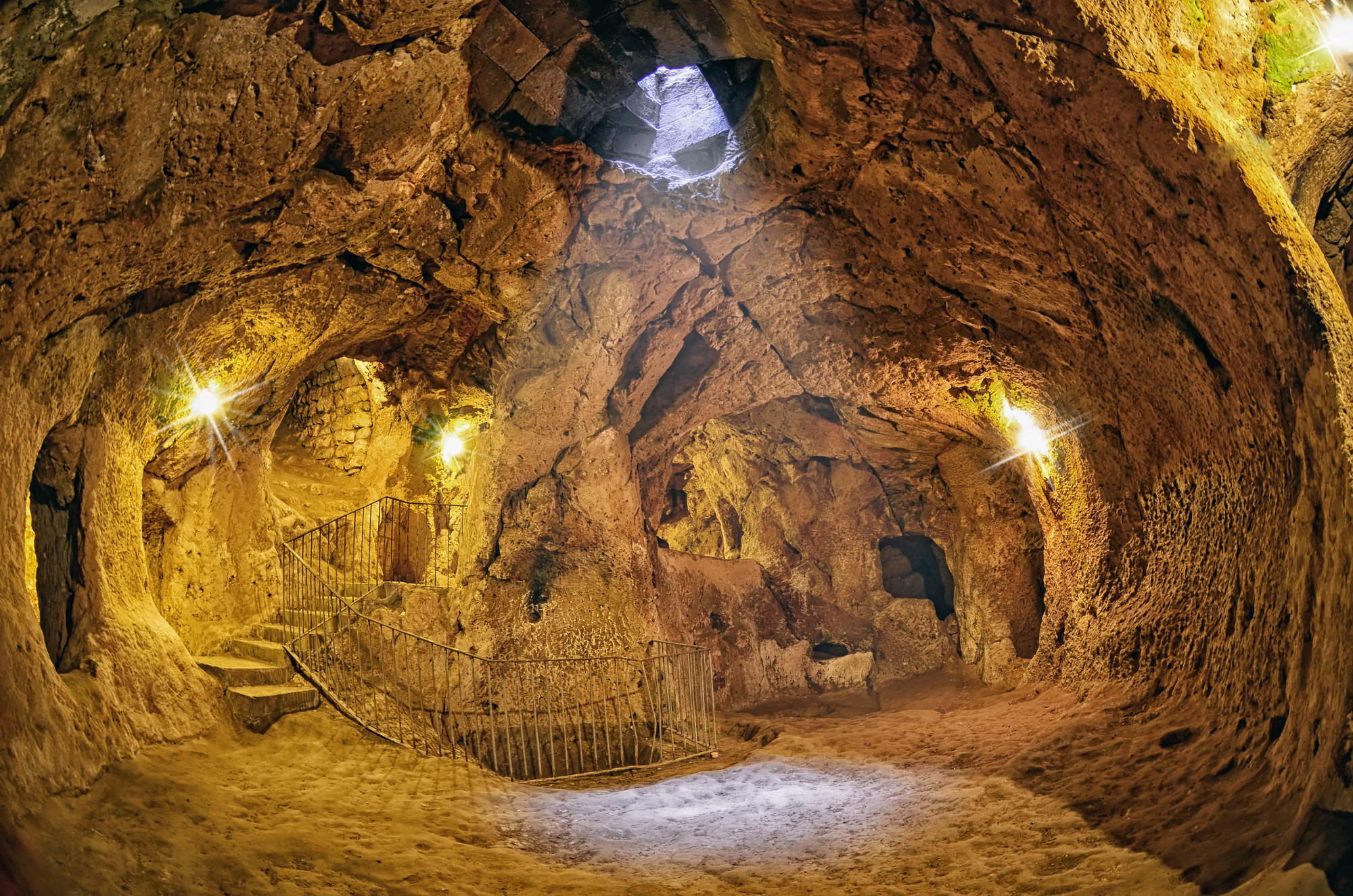
Tales of vast underground cities housing thousands of people seemed like obvious exaggerations until archaeologists discovered Derinkuyu in Turkey. This ancient underground metropolis could shelter 20,000 people and included everything from wine cellars to livestock pens. Built between the 7th and 8th centuries BCE, it proved that ancient peoples were capable of engineering feats that would impress modern architects.
The discovery transformed tales of underground civilizations from seemingly impossible myths to archaeology textbook material.
Like Go2Tutors’s content? Follow us on MSN.
Greek Fire
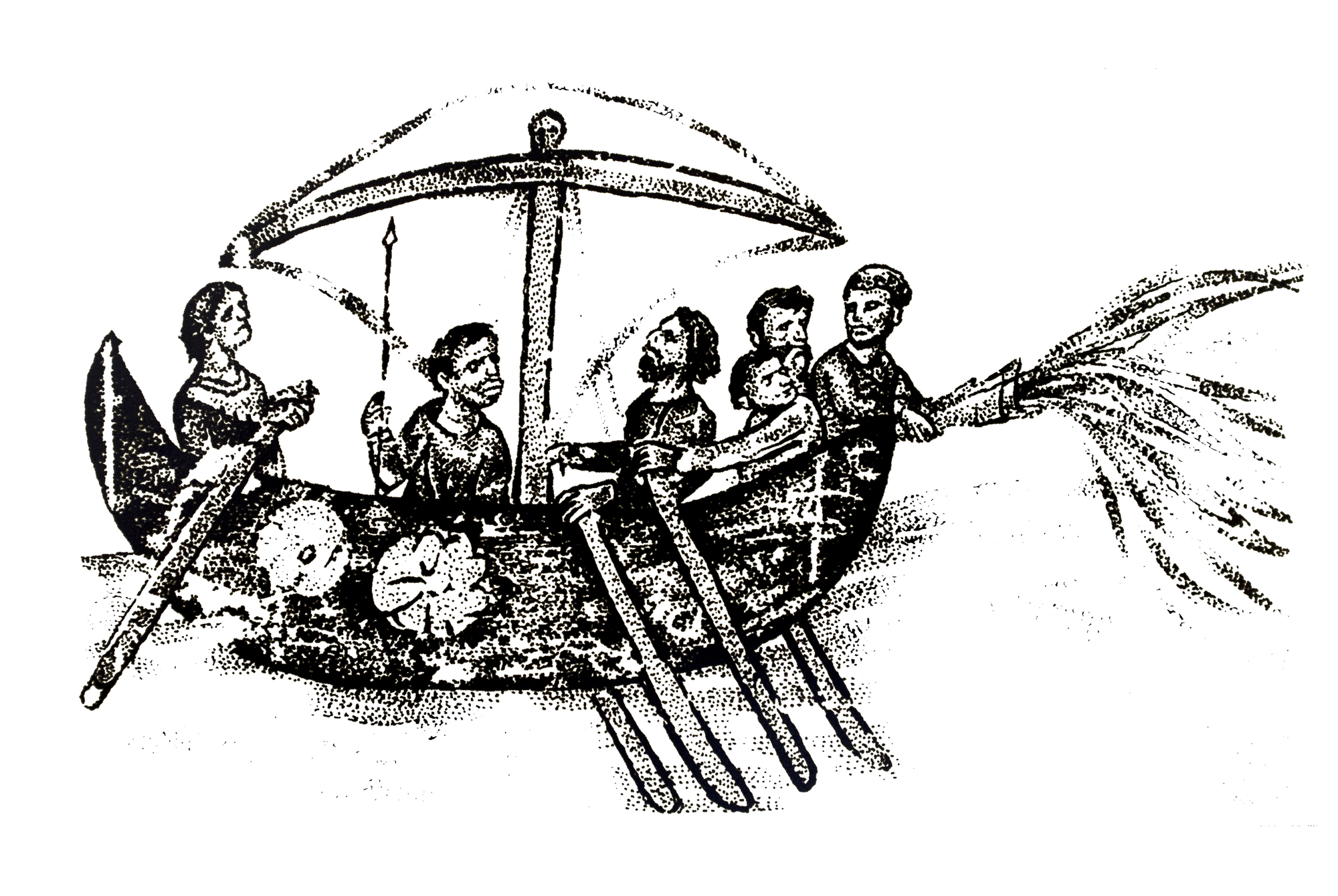
Medieval chroniclers wrote about a mysterious weapon that could set water itself on fire, used by the Byzantine Empire to defend Constantinople. Modern historians long considered these accounts to be exaggerated – until modern chemistry proved such a weapon was entirely possible. While the exact formula remains lost, research shows that combinations of petroleum, quicklime, and other materials could create an incendiary weapon matching ancient descriptions.
Sometimes, the most unbelievable weapons in history turn out to be terrifyingly real.
Dragon Bones
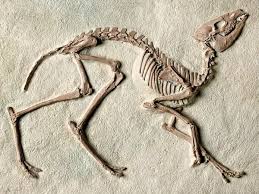
Chinese tales of dragon bones used in traditional medicine turned out to be surprisingly accurate – they were actually fossilized dinosaur remains. While ancient Chinese scholars weren’t finding actual dragons, they were the first to document and categorize dinosaur fossils centuries before Western science caught up.
The “dragon bones” went from being considered superstitious nonsense to evidence of early paleontological observation. Modern research continues to find connections between ancient dragon myths and actual fossil discoveries.
Lost Army of Cambyses
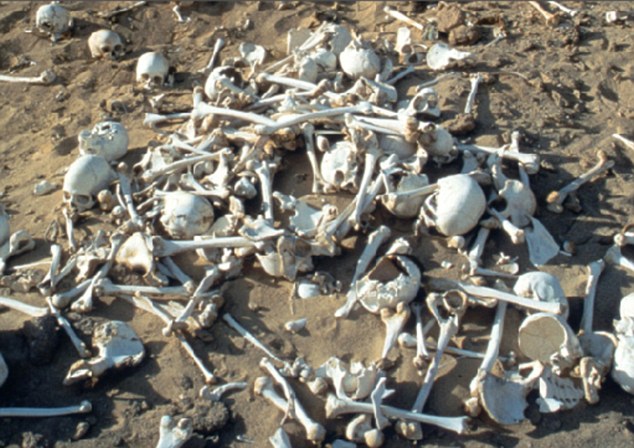
Herodotus wrote about a Persian army of 50,000 men that vanished in the Egyptian desert, swallowed by a massive sandstorm. The story seemed like obvious propaganda until archaeologists started finding ancient Persian weapons and bones emerging from the Egyptian sands.
While we haven’t found all 50,000 soldiers, the discoveries prove that Herodotus wasn’t just writing ancient clickbait. The finding transformed a seemingly impossible tale into a tragic historical event preserved in the desert sands.
Like Go2Tutors’s content? Follow us on MSN.
Göbekli Tepe
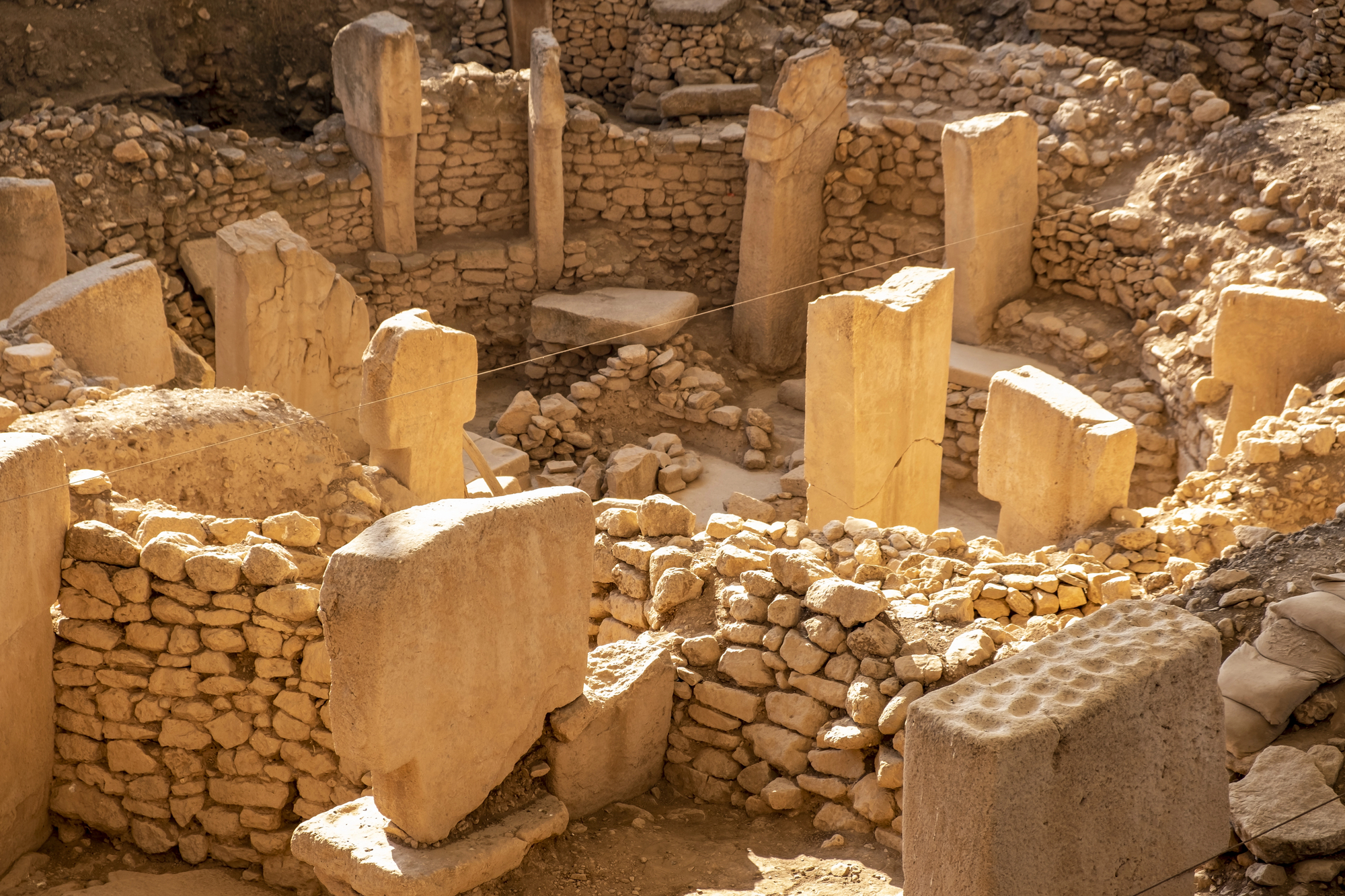
When locals in Turkey told tales of an ancient temple buried under a hill, archaeologists were skeptical – until excavation revealed the world’s oldest known temple complex. Dating back 12,000 years, Göbekli Tepe completely changed our understanding of prehistoric human capabilities.
The site proved that complex religious architecture predated agriculture, flipping the traditional narrative of human civilization on its head. Sometimes, local legends really do point the way to revolutionary discoveries.
Aztec Skull Racks
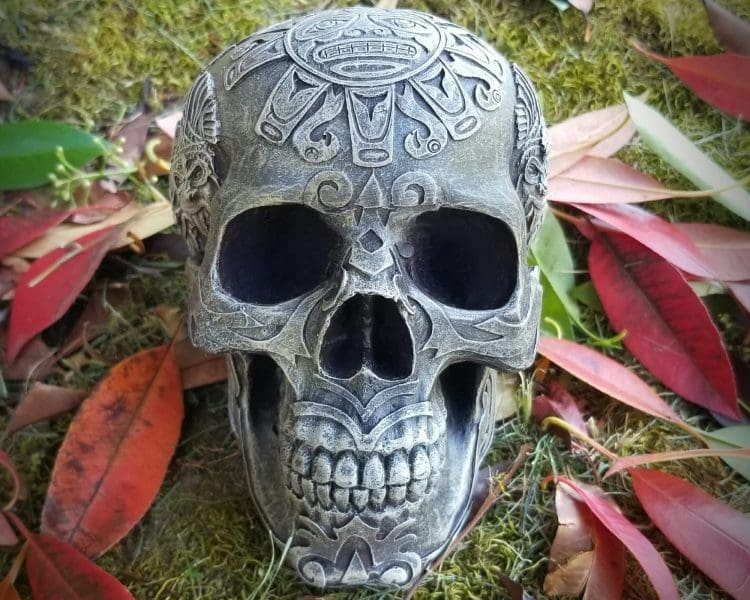
Spanish accounts of massive racks displaying thousands of human skulls in Tenochtitlan were dismissed as propaganda meant to demonize the Aztecs. Archaeological discoveries in Mexico City proved these descriptions were horrifyingly accurate.
The finding of the Huey Tzompantli confirmed that the Aztec capital really did feature displays of tens of thousands of skulls. Sometimes, historical accounts that seem too gruesome to be true turn out to be just gruesome enough.
Roman Concrete

Medieval tales about Roman concrete getting stronger with age seemed like obvious exaggeration – until modern science proved them right. Analysis of ancient Roman harbors showed that seawater actually triggers chemical reactions that strengthen the material over centuries.
This discovery not only validated historical accounts but also provided insights for modern engineering. The Romans weren’t exaggerating about their superior building materials; they just kept the recipe a secret for a few thousand years.
Like Go2Tutors’s content? Follow us on MSN.
Flood Myths

While nobody’s found Noah’s Ark, geological evidence has shown that ancient flood myths often preserved memories of real catastrophic events. The Black Sea deluge theory suggests that around 5600 BCE, rising global sea levels caused the Mediterranean to catastrophically flood an ancient freshwater lake, creating the Black Sea and possibly inspiring flood myths across multiple cultures.
Sometimes myths aren’t just stories – they’re oral histories preserved across millennia.
Healing Clay

Ancient texts describing certain clays as having healing properties were long dismissed as superstition. Modern research has shown that some of these clays contain antibacterial properties that are effective against modern antibiotic-resistant infections.
What was once considered primitive medicine has become a potential source for new medical treatments. Those ancient healers might not have known about bacteria, but they knew what worked.
Crystal Skulls

While the famous crystal skulls in museums turned out to be modern fakes, archaeologists have found genuine crystal artifacts that proved ancient peoples really did create sophisticated objects from single pieces of quartz. These findings showed that while some museums got duped, the basic idea of ancient crystal carving wasn’t as far-fetched as skeptics claimed.
Sometimes, even debunked artifacts point toward historical truths.
Like Go2Tutors’s content? Follow us on MSN.
City of Giant Copper Works
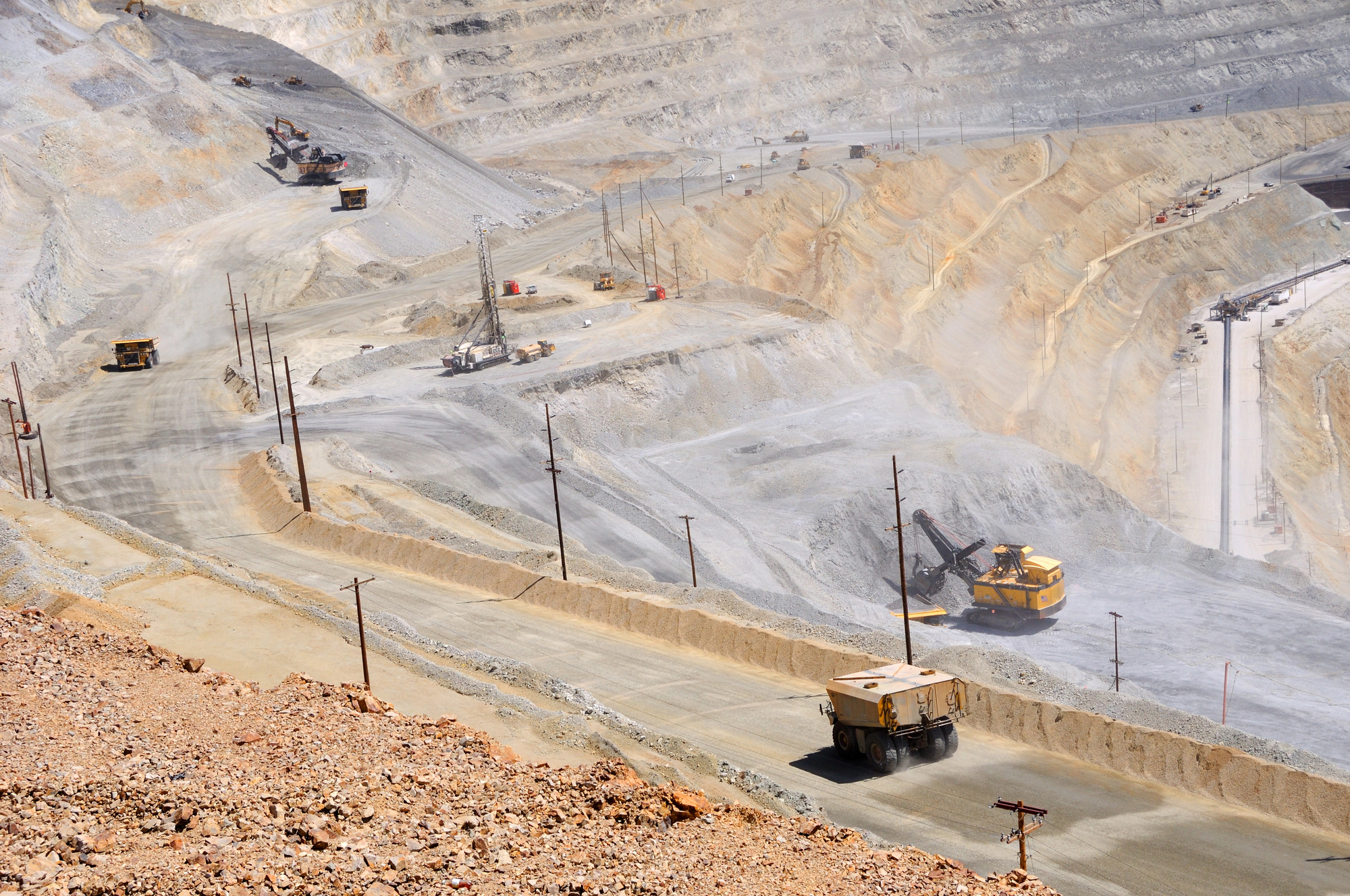
Tales of massive ancient copper mining operations in North America were dismissed until the discovery of the prehistoric mines of Isle Royale and the Keweenaw Peninsula. These sites proved that Native Americans had sophisticated mining operations thousands of years before European contact.
The findings transformed skepticism about pre-Columbian mining into hard evidence of advanced indigenous metallurgy.
Chinese Earthquake Detector

Historical accounts of a Han Dynasty seismoscope that could detect earthquakes from hundreds of miles away seemed like obvious exaggeration. Modern recreations proved that the device, invented by Zhang Heng in 132 CE, really could determine the direction of distant tremors.
This ancient seismoscope went from being considered a historical curiosity to proof of sophisticated ancient Chinese engineering.
Mayan Blue Pigment
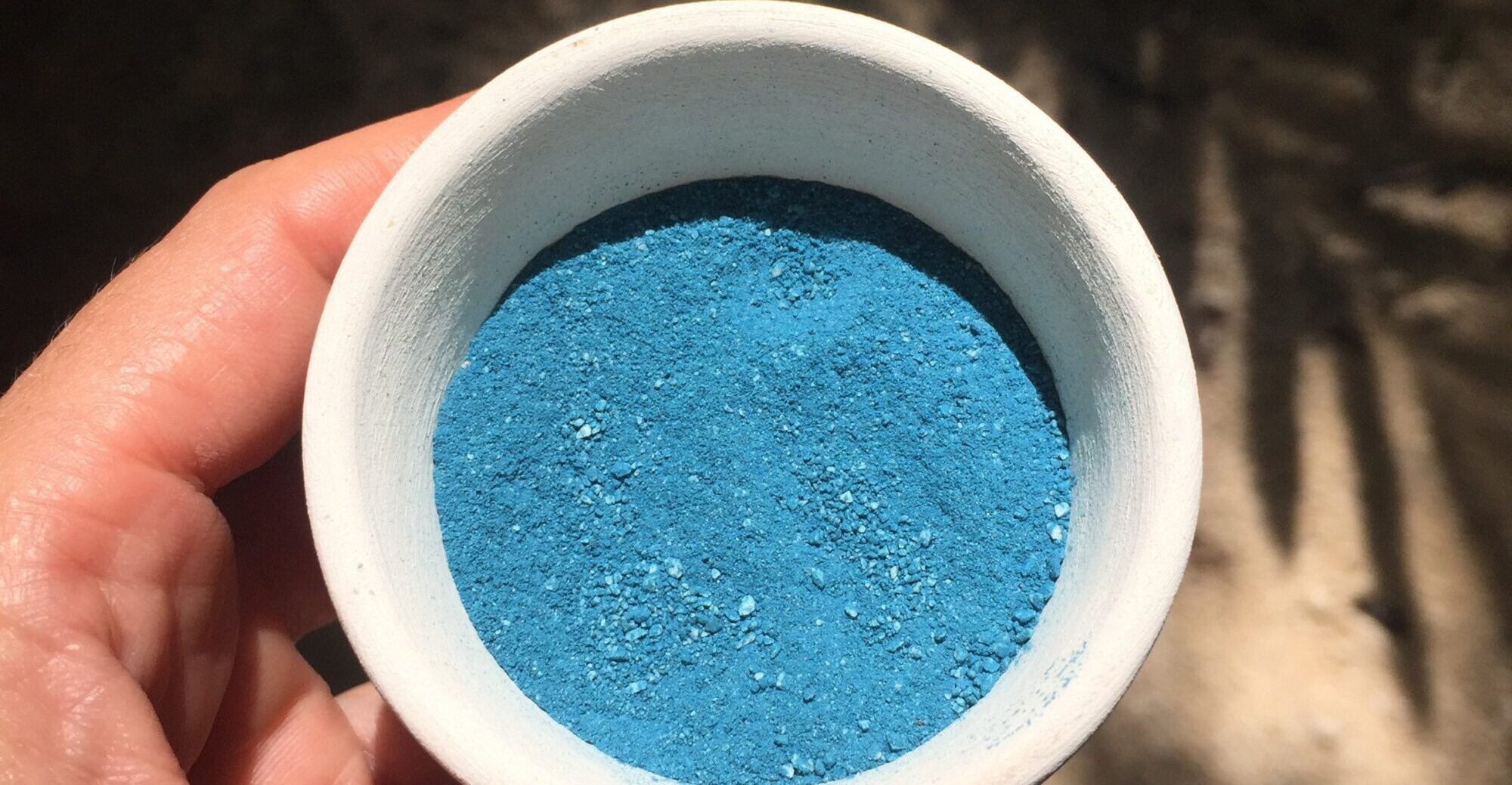
The incredibly durable blue pigment described in Mayan texts seemed impossible – until scientists recreated it by following ancient recipes. This unique color, which resists centuries of exposure to acid, weather, and bio-corrosion, proved that ancient Maya chemists had developed sophisticated materials science.
Sometimes, the most improbable ancient technologies turn out to be perfectly real.
Like Go2Tutors’s content? Follow us on MSN.
Deadly Mercury Rivers

Chinese texts describing rivers of mercury in ancient tombs seemed like pure fantasy until archaeologists found elevated mercury levels around the tomb of Qin Shi Huang. Ground-penetrating radar suggests the tomb really does contain rivers of mercury, just as historical accounts claimed.
The discovery transformed a seemingly impossible burial practice into a confirmed historical fact, though nobody’s eager to open the tomb and take a swim.
Damascus Steel
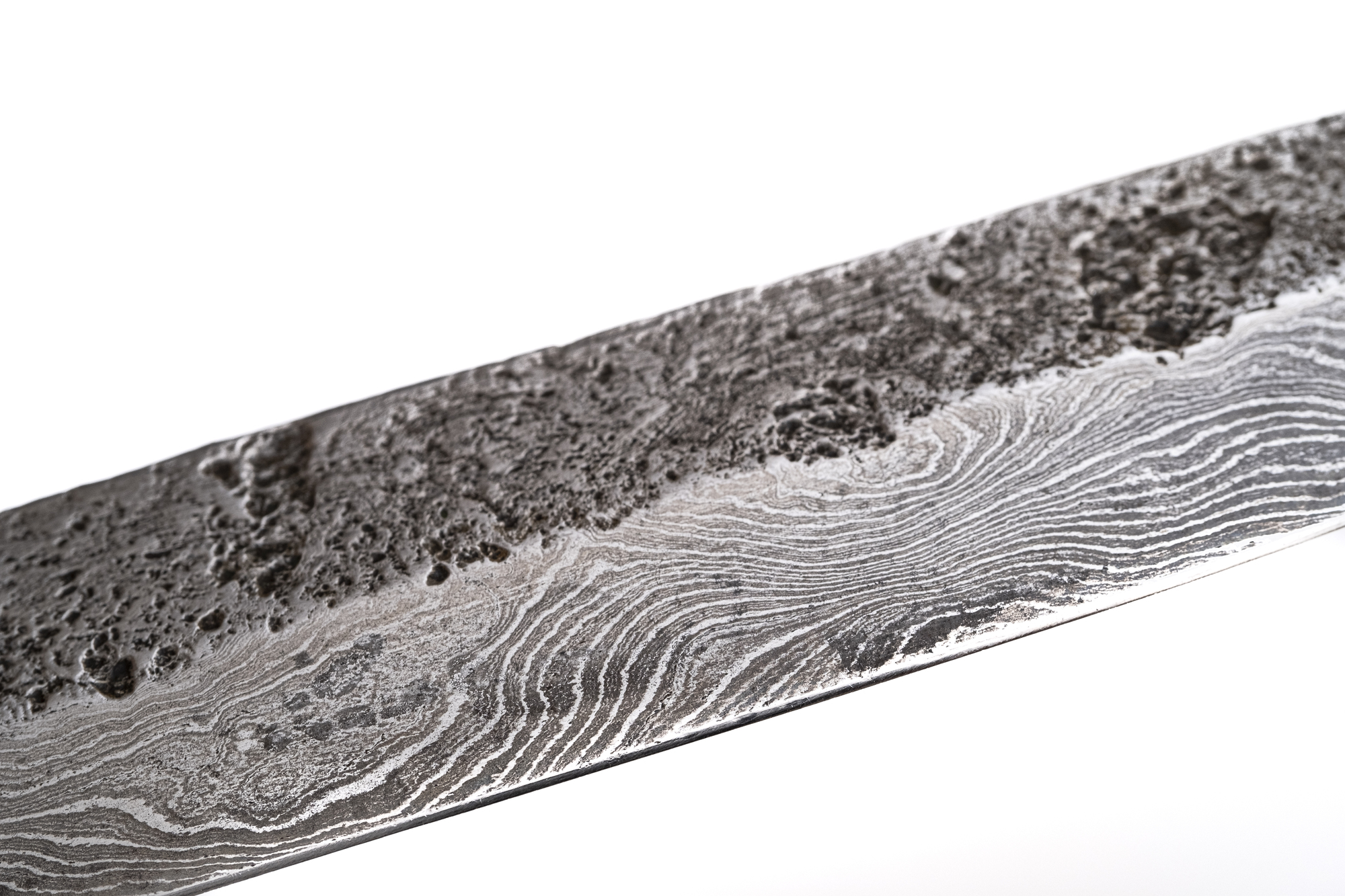
The legendary Damascus steel, famous for its distinctive patterns and supposedly supernatural sharpness, was long considered exaggerated until modern metallurgy proved such blades really did possess unique properties. While the original method remains lost, science has shown that these swords contained carbon nanotubes and wire-like structures that enhanced their strength.
Sometimes legendary weapons really are legendary for a good reason.
Ancient Surgical Techniques
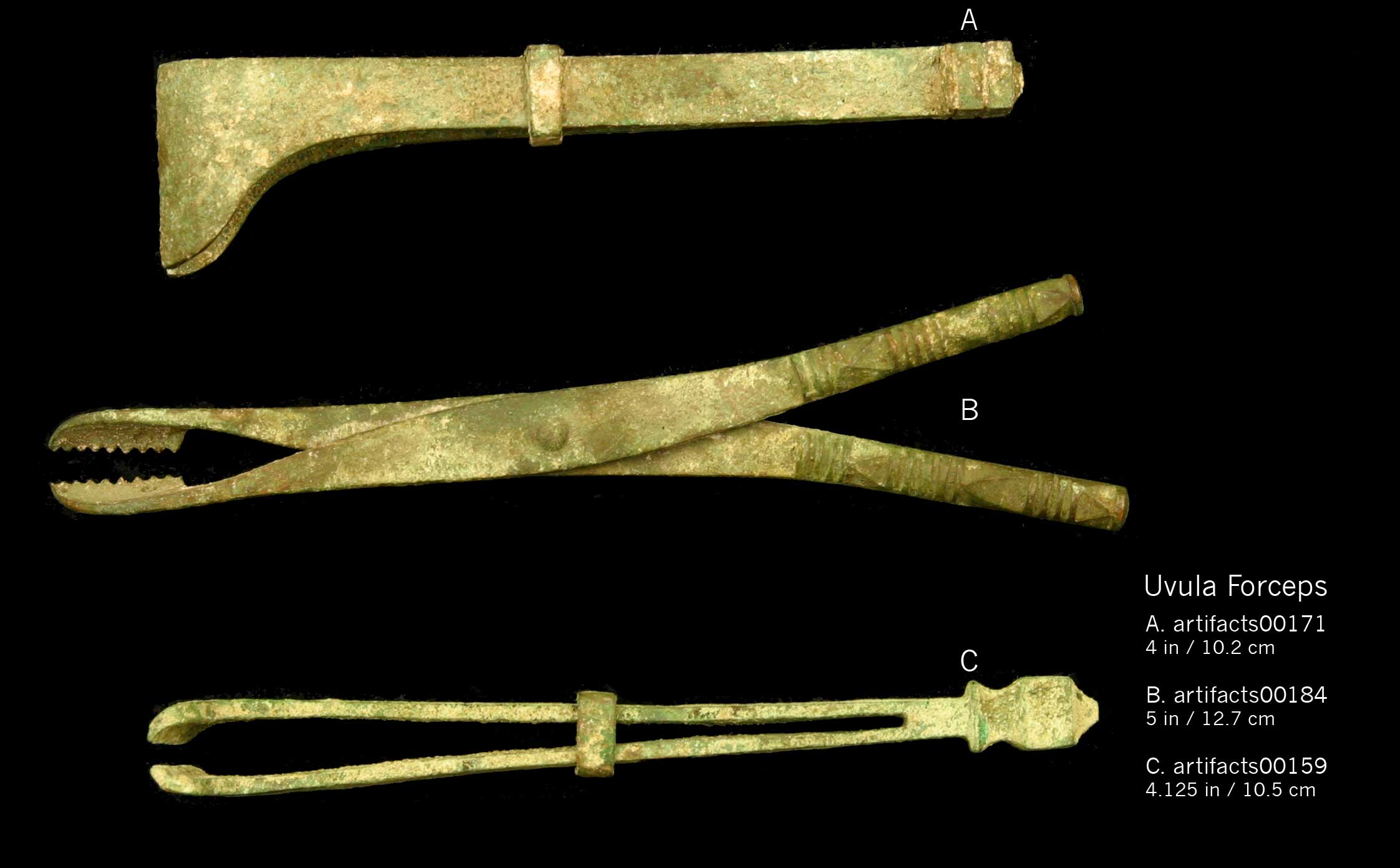
Historical accounts of sophisticated ancient surgery seemed far-fetched until archaeological evidence proved that ancient people performed successful brain surgery, plastic surgery, and other complex procedures. Skulls showing signs of healing after trepanation proved that some ancient surgeons had impressive success rates.
These discoveries transformed skepticism about ancient medical capabilities into respect for their achievements.
Like Go2Tutors’s content? Follow us on MSN.
History’s Vindication

As technology advances and archaeology improves, we keep discovering that our ancestors weren’t just good storytellers – they were keen observers who preserved important information in their myths and legends. What we dismiss as impossible in one century often becomes proven fact in the next, reminding us to approach ancient tales with an open mind.
The next time you hear an unbelievable historical account, remember that today’s myth might be tomorrow’s archaeological breakthrough. After all, history has a way of proving that truth can be even stranger than the legends we create about it.
More from Go2Tutors!

Like Go2Tutors’s content? Follow us on MSN.



